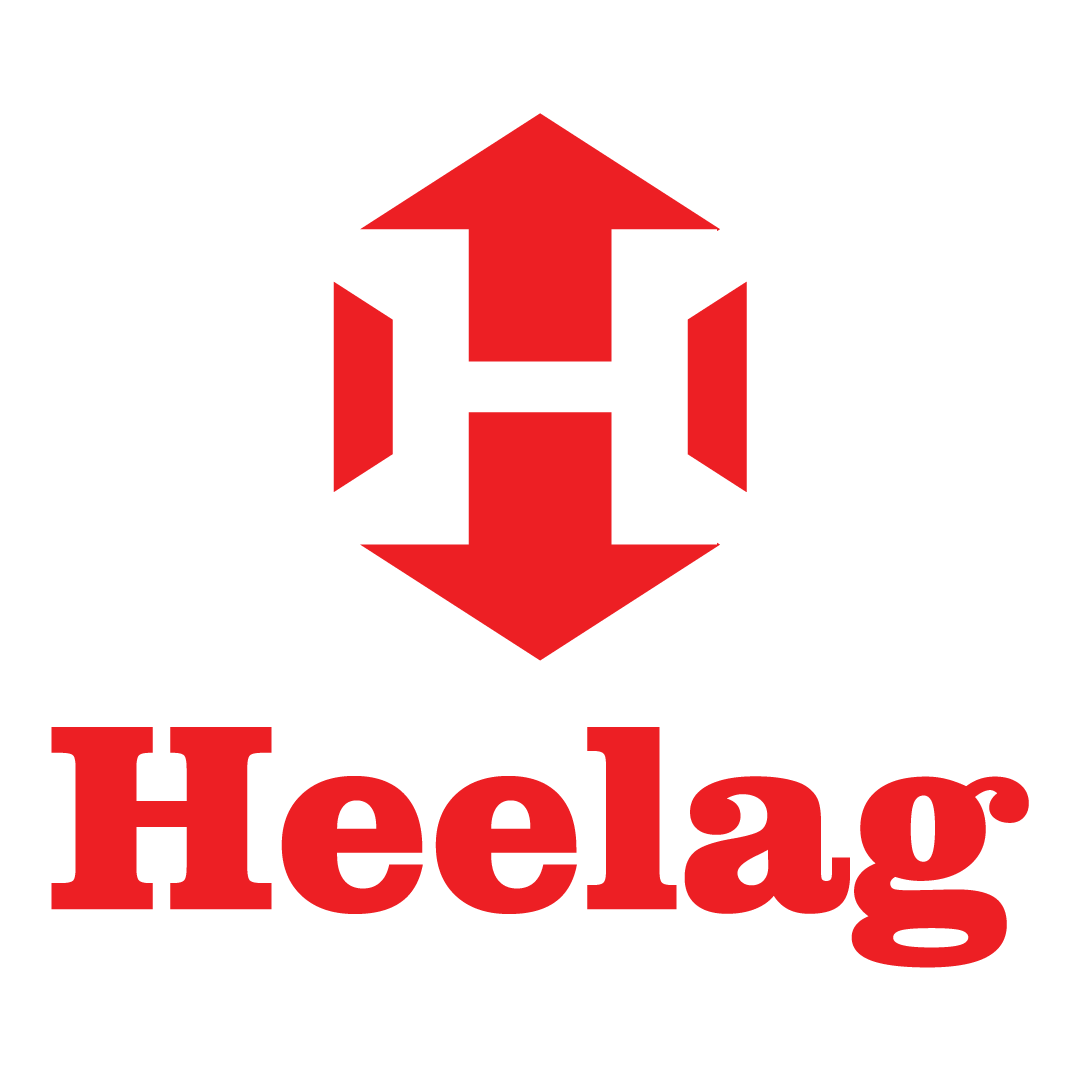In India, the Elevator and Escalator industry is regulated by a combination of Local State Laws and National Standards issued by the Bureau of Indian Standards (BIS). When purchasing or manufacturing elevators or escalators, it is important to understand which codes apply and how these codes evolve over time. This blog aims to create awareness among both customers and manufacturers about the importance of staying aligned with the most current standards, and what that means in practice.
Codes in India: Local Rules and National Standards
Some Indian state has its own Lift and Escalator Act or Rules, which manufacturers and builders must comply along with National Standards issued by BIS. Therefore, the priority in compliance is:
- State-specific Lift/Escalator Rules, and
- National Standards (Indian Standards issued by BIS)
Understanding and applying both sets or regulations ensures legal compliance and public safety.
Transition from IS14665 to IS17900
Historically, the elevator industry followed the Indian Standard IS14665, which covered various aspects of elevator design, construction, installation, and maintenance. However, with technological advancements and international harmonization, BIS introduced a new set of standards: IS17900 series.
- IS17900 was established on 21st December 2022
- IS14665 was officially withdrawn on 21st December 2023
The Government of India published a notification in the Gazette of India: Extraordinary (Part |||, Section 4) to communicate this update. According to the BIS Act 2016, when a new code is introduced, the old code may remain valid concurrently for a transitional period --- before being officially withdrawn.
Understanding QCO Guidelines for Indian Standards
The transition to new standards is not merely a suggestion -- it's supported by government policy under the Quality Control Order (QCO) issued by BIS. As per QCO guidelines:
"The latest version of Indian Standards including the amendments issued thereof shall apply for implementing the provisions of QCOs. Whenever any amendment or revision is made to an Indian Standard covered under the QCO, such amendment or revision shall apply to the provisions of the QCO with effect from the date notified by BIS. In such cases, BIS provides sufficient period for concurrent running of both the versions of Indian Standard (existing as well as revised). The licensee manufacturer shall changeover to the revised version of Indian Standard within the timelines notified by BIS from time to time."
This reinforces that manufacturers must shift to the latest standards within the prescribed timeframe. Failure to do so could result in non-compliance with national regulations, which may have legal and safety implications.
Implications of Withdrawal
The 1-year period allowed elevator manufacturers to gradually align their technologies, designs and processes with the new IS17900 standards. As of 21st December 2023, the old codes IS14665 is no longer valid and should not be referenced in new projects.
Yet, there are concerning market practices observed:
- Some manufacturers have already transitioned to IS17900, which is commendable.
- Others continue to follow IS14665, despite its withdrawal.
- In some cases, manufacturers charge customers extra if the customers specifically requests compliance with IS17900.
Should customers be charged more simply for requesting compliance with a legally binding, up-to-date code?
A Shared Responsibility
This blog is not intended to blame any party. Instead, it highlights a shared responsibility between manufacturers and buyers:
- Manufacturers should ensure their products meet the most recent standards, without passing the cost burden to customers for basic compliance.
- Customers should be informed and demand compliance with the latest standards, to ensure long-term safety and regulatory adherence.
Both sides benefit when modern codes are implemented:
- Enhanced safety and performance
- Simplified approval processes with statutory bodies
- Better alignment with international practices
Why This Matters
Elevator and Escalators are not just mechanical systems - they're lifelines in modern buildings. Using outdated standards increases risks and may complicate future regulatory audits or maintenance approvals. IS17900 has been designed to ensure elevators in India meet modern safety, efficiency and sustainability benchmarks.
How to Check If You're Compliant
For buyers and project consultants:
- Ask the elevator vendor directly: "Are you complying with IS17900 standards?"
- Request documentation such as design compliance reports or internal checklists based on the latest code.
For manufacturers and suppliers:
- Review your internal systems and ensure that technical teams are trained on IS17900.
- Update product documentation, installation manuals and maintenance protocols accordingly.
Closing Thought
It's time for the industry to take a unified step forward. Standards like IS17900 aren't just regulations - they represent a commitment to public safety, innovation and trust.
If you found this blog insightful, share it with friends, family, or colleagues. For more safety tips and updates, follow us on social media and join us in promoting safer elevator practices.
Your Safety, Our Priority
